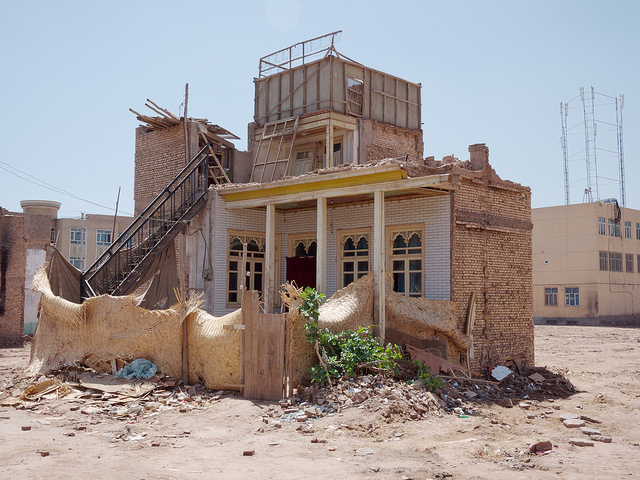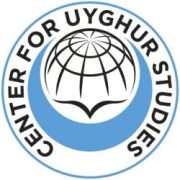
By Memet Tohti Atawulla*
Over the past few years, the Chinese authorities in East Turkistan have destroyed large swathes of the cultural heritage of the Uyghur people. This campaign of destruction has proceeded in tandem with the mass detention, coercive birth control, forced labor, family separation, religious oppression, totally removing the Uyghur language from the education system and heavy attacks on other aspects of cultural identity. One particularly distressing aspect of this destruction campaign is the deliberate destruction of Uyghur traditional houses, an architectural heritage that reflects the rich history and cultural identity of this unique community.
The Uyghur traditional houses are not merely structures; they are repositories of history, craftsmanship, and cultural identity. These houses, often characterized by intricate woodwork, vibrant colors, and distinctive designs, are a testament to the Uyghur people’s connection to their land and traditions. The courtyard-style homes, in particular, have been an integral part of Uyghur architecture for centuries, symbolizing community, family, and a way of life deeply rooted in the region.
Reports from various sources, including satellite imagery and testimonies from experts, indicate that the Chinese Communist Party (CCP) has been systematically demolishing Uyghur traditional houses in the name of urban development, “beautification project”, economic progress, and “poverty alleviation”. This campaign involves the destruction of entire neighborhoods, displacing Uyghur families from their homes and erasing physical reminders of their cultural heritage.
The motivation behind this destruction is very clear. The CCP aims to eradicate the Uyghur identity by removing tangible symbols of their cultural heritage. Furthermore, the authorities’ focus on modernizing urban areas also contribute to the erasure of traditional architecture, marginalizing the Uyghur cultural landscape.
The destruction of traditional Uyghur houses is more than a loss of physical structures; it is an assault on the identity and collective memory of the Uyghur people. These homes serve as a link between generations, carrying stories, traditions, and a sense of belonging. The erasure of Uyghur traditional houses contributes to the larger pattern of cultural assimilation, as the CCP endeavors to reshape the region in its Han-style image.
The forced displacement resulting from the destruction of these houses disrupts Uyghur communities, contributing to the fragmentation of social bonds and the erosion of a cohesive cultural fabric. In this way, it will be easier for the Chinese colonial regime to assimilate the Uyghurs into Han Chinese. The Uyghur children who grow up in a new Chinese environment may lose their historical ties to their homeland. This is what the CCP expected from this campaign of destruction in East Turkistan.
The destruction of Uyghur traditional houses by the CCP is a dangerous manifestation of its broader campaign to achieve the Chinese historical task of completely eradicating the Uyghurs from this land. It not only undermines the physical landscape of Uyghur communities but also threatens the very essence of Uyghur identity.
Given the catastrophic implications of these actions, there is a collective responsibility for all the Humanity to advocate for the preservation of cultural heritage, condemn cultural erasure, and stand in solidarity with the Uyghur people in their quest to safeguard their unique and invaluable heritage. Otherwise, humanity will lose a great cultural wealth.
*Memet Tohti Atawulla is the Senior Program Officer at Center for Uyghur Studies
Copyright Center for Uyghur Studies - All Rights Reserved
